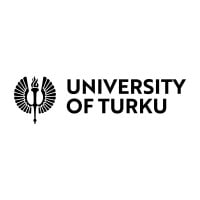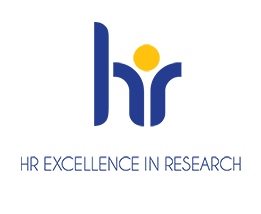1-3 doctoral researcher /Post-doctoral researcher positions in photosynthesis in Turku, Finland
Position Details (PhD Research Project)
We are seeking 1–3 Doctoral Researchers (or a Postdoctoral Researcher) to join the Photosynthetic Microbes group led by Professor Yagut Allahverdiyeva-Rinne. The positions are part of the PhotoFactory consortium funded by the Erkko Foundation. The positions will be based in the Faculty of Technology, Department of Life Technologies, at the University of Turku, Finland. Employment will start on 1 January 2026, or as agreed. The successful applicants will be offered a fixed-term two-year contract, and in case of a Doctoral Researcher, there is a possibility of extension until the completion of the PhD thesis (typically alltogether 3–4 years, depending on the project).
About the Photosynthetic Microbes Research Group
We study the regulation of photosynthesis and apply photosynthetic principles to develop sustainable biotechnologies. Our research encompasses several areas, including the elucidation of photosynthetic electron transport pathways, engineering photosynthesis for enhanced bioproduction of solar chemicals, biophotovoltaic (BPV) systems, and large-scale algal cultivation for phytoremediation and the production of green chemicals such as biostimulants and biopesticides
The truly international and large PhotoMicrobes group is involved in several EU, Nordic, and national projects and regularly publishes its research outcomes in highly respected journals. We have established a broad research network with connections to leading international laboratories and industrial partners. Our team members are not only active participants in international conferences but also regularly organize major symposia and meetings in Turku (e.g., the Nordic Photosynthesis Congress, the International Conference on Renewable Resources 2025, and the Nordic Algal Biotechnology Conference).
We are developing the national FIN-BioFoundry research infrastructure roadmap, which provides state-of-the-art equipment and methodologies. In addition, we are actively involved in science policymaking through the SYNERGY pan-European initiative.
To learn more about the Photosynthetic Microbes research group, you can visit our website at www.utu.fi/photo-microbes or follow us on LinkedIN and BlueSky at @PhotoMicrobes.
Job description
The PhotoFactory consortium aims to unleash photosynthesis from its inherent limitations to enhance the bioproduction efficiency of microalgae and cyanobacteria for solar-driven biomanufacturing. To achieve this goal, PhotoFactory integrates expertise in photosynthesis, synthetic biology, additive manufacturing, materials science, and data science. The recruited researchers will benefit from a well-established international and national network of collaborators.
Position 1: Photosynthesis in Synechocystis sp. PCC 6803. The selected candidate will investigate alternative electron transport routes in this model cyanobacterium. The work will provide insights into energy distribution and regulatory mechanisms essential for optimizing photosynthetic performance.
Position 2: Electron transport in Anabaena sp. PCC 7120.
This position focuses on elucidating electron transport processes within heterocysts, with an emphasis on nitrogen fixation and its integration with photosynthetic electron flow.
Position 3: The photosynthetic apparatus of Synechococcus sp. PCC 11901, a fast-growing cyanobacterial model. The work will focus on the fundamental aspects of bioenergetics and will be linked to biotechnological applications.
Researchers will be trained to operate state-of-the-art instrumentation available within the FIN-BioFoundry infrastucture and will participate in research exchanges with partner laboratories.
Here are papers relevant to these projects:
- Nikkanen L et al. 2025. Flavodiiron proteins associate pH-dependently with the thylakoid membrane for ferredoxin-1-powered O₂ photoreduction. New Phytologist. 246: 2084–2101 DOI: 10.1111/nph.70114
- Santana-Sánchez A. et al. 2023 Flv3A facilitates O2 photoreduction and affects H2 photoproduction independently of Flv1A in diazotrophic Anabaena filaments. New Phytologist 237:126-139. DOI:10.1111/nph.18506.
- Siitonen V et al. 2023 Engineered green algaChlamydomonas reinhardtiias a whole-cell photosynthetic biocatalyst for stepwise photoproduction of H2 and ε-caprolactone. Green Chemistry 25, 5945-5955DOI:10.1039/d3gc01400b
- Kosourov S et al. 2020. Water oxidation by photosystem II is the primary source of electrons for sustained H2 photoproduction in nutrient-replete green algae. PNAS 117:29629–29636. DOI: 10.1073/pnas.2009210117



 University of Turku
University of Turku 